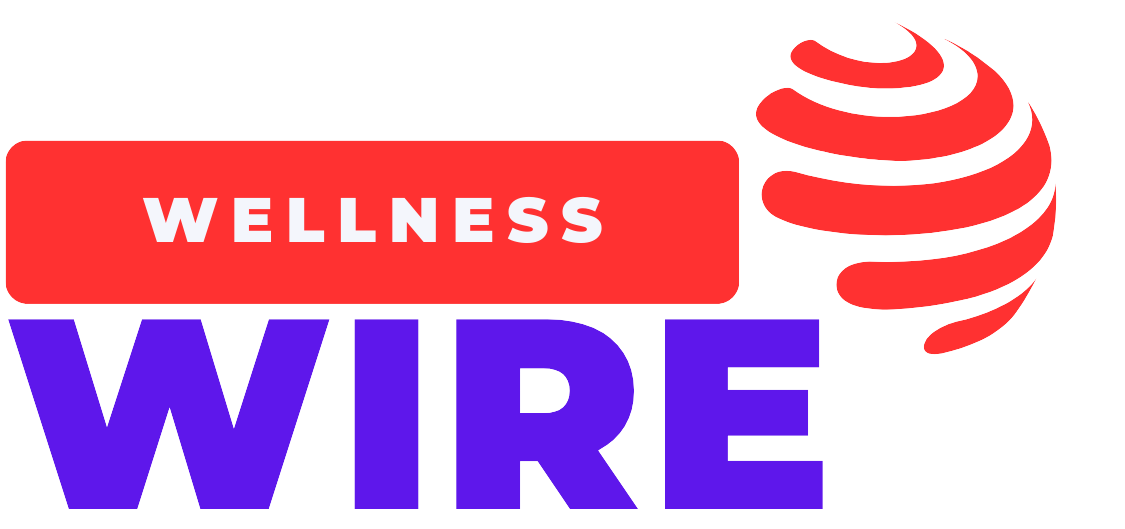The 5-Hour Workday Experiment: Can Working Less Actually Boost Productivity?
Can a 5-hour workday boost productivity and happiness? Discover how companies testing this model are seeing shocking results. Could this be the future of work?

Imagine finishing your workday by lunchtime—no late-night emails, no burnout, just focused, high-quality work. Sounds too good to be true? The 5-hour workday experiment is challenging the traditional 9-to-5 grind, and companies that have tried it report astonishing results. Could cutting down hours actually make workers more productive, happier, and even more profitable?
In this deep dive, we explore real-world cases, the science behind shorter workdays, and whether this revolutionary approach could redefine the future of work.
The 9-to-5 Model: A Broken System?
For decades, the 8-hour workday has been the standard. But where did it come from?
- The 8-hour workday was introduced by Henry Ford in the 1920s when factory workers were expected to perform repetitive, manual labor for long shifts.
- Over time, this model became the norm across industries—even in jobs that require deep thinking, creativity, and problem-solving.
- Studies now show that knowledge workers (those in office jobs) are only productive for 2–3 hours per day due to distractions, meetings, and fatigue.
So, if workers are only focused for a fraction of their shift, does it really make sense to work 8+ hours? This question has fueled the 5-hour workday experiment, and the results are surprising.
What is the 5-Hour Workday?
The concept is simple:
- Employees work just 5 hours a day, typically from 8 AM to 1 PM.
- They focus on high-value tasks, eliminating unnecessary meetings, emails, and distractions.
- Salaries remain the same as in a full-time job.
Companies that have tested this model report increased productivity, job satisfaction, and even revenue growth. Let’s take a look at some real-world examples.
Companies That Have Tried the 5-Hour Workday (and What Happened)
1. Tower Paddle Boards (USA) – A 40% Productivity Boost
In 2015, Stephan Aarstol, CEO of Tower Paddle Boards, implemented a 5-hour workday for his team. The results?
✅ Revenue increased by 50% within one year.
✅ Productivity skyrocketed—employees got the same amount of work done in less time.
✅ Worker satisfaction soared, with fewer distractions and more work-life balance.
However, the company eventually scaled back to a hybrid model (5-hour workdays in summer, regular hours in winter) due to operational challenges.
2. Toyota (Sweden) – A Decade of Success
Toyota’s Gothenburg service center in Sweden cut shifts from 8 hours to 6 hours and kept full salaries. Over 10+ years, they found:
✅ Employee efficiency increased, completing more tasks in less time.
✅ Fewer sick days and lower employee turnover.
✅ Higher customer satisfaction due to well-rested, engaged staff.
3. Digital Agencies & Startups – A Growing Trend
Tech companies like Rheinische Post Mediengruppe (Germany) and Collins SBA (Australia) have adopted shorter workdays with impressive outcomes:
- Happier employees
- More focus on deep work
- Reduced burnout and mental fatigue
So, why does working less often lead to greater productivity?
The Science Behind Shorter Workdays
Psychologists and productivity experts argue that the traditional 8-hour workday is inefficient. Here’s why a 5-hour workday might actually work better:
1. Parkinson’s Law: Work Expands to Fill the Time Available
- If you have 8 hours, tasks will stretch to fit that time.
- If you have only 5 hours, you’re forced to prioritize and work smarter.
2. The Ultradian Rhythm: Our Brains Work Best in 90-Minute Cycles
- Science shows our brains are most efficient in bursts of 90–120 minutes.
- Long, drawn-out workdays lead to mental fatigue, poor concentration, and decreased output.
3. Reduced Decision Fatigue
- The average worker spends 3+ hours per day in meetings and emails—leaving little time for real work.
- A shorter workday forces companies to streamline tasks, reducing unnecessary distractions.
Challenges of a 5-Hour Workday
Of course, not every company can adopt this model easily. Some hurdles include:
❌ Client-facing industries: Customer support and healthcare require longer shifts.
❌ High-demand businesses: Some companies need around-the-clock operations.
❌ Traditional corporate culture: Many industries resist change and are used to tracking hours rather than productivity.
Despite these challenges, companies that creatively adapt the 5-hour model (such as flexible schedules or rotating teams) often see massive improvements in efficiency.
Does a 5-Hour Workday Make You More Productive?
✅ YES, for knowledge-based jobs: Writers, developers, marketers, and designers often do better with shorter, focused shifts.
✅ MAYBE, for operational roles: Logistics, manufacturing, and customer support may need different adaptations (e.g., rotating shifts).
❌ NO, for some industries: Emergency services, hospitals, and global customer service teams might struggle with reduced hours.
Could This Be the Future of Work?
With AI automation, remote work, and flexible schedules gaining traction, the 8-hour workday may soon be outdated. Instead, we could see:
✔️ Hybrid models (5-hour workdays + optional extended hours)
✔️ Compressed workweeks (4-day weeks with focused hours)
✔️ Outcome-based work (employees judged on results, not hours)
Final Verdict: Should You Try a 5-Hour Workday?
If your business relies on knowledge workers, creativity, or problem-solving, a 5-hour workday could unlock higher productivity and happier employees.
However, it requires:
???? Clear goals and task prioritization
???? Fewer distractions (no unnecessary meetings!)
???? A strong culture of accountability
Ultimately, the future of work isn’t about hours—it’s about efficiency, creativity, and balance. The 5-hour workday might just be the key to unlocking it.
What's Your Reaction?
 Like
0
Like
0
 Dislike
0
Dislike
0
 Love
0
Love
0
 Funny
0
Funny
0
 Angry
0
Angry
0
 Sad
0
Sad
0
 Wow
0
Wow
0



















































